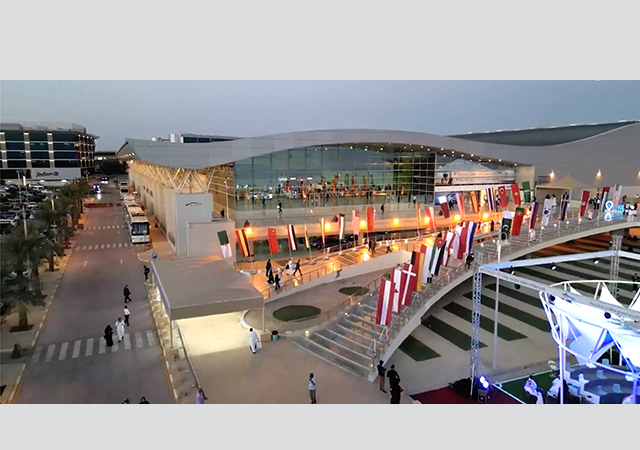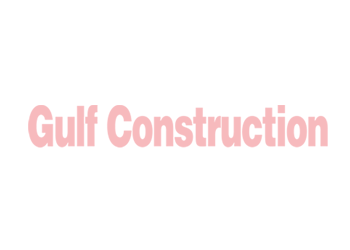
 The project nears completion.
The project nears completion.
Gulf Shade – which has recently completed work on a double-cone fabric tensile structure covering up a 418 sq m departure/gathering point for passenger and staff alike at the Bahrain International Airport – describes the project as challenging and interesting.
“The double cone structure – suggested by the architect – is asymmetrical in plane and of different heights, with the larger tent covering 285 sq m, the smaller covering 133 sq m and the perimeter supported by tilted steel posts,” says a spokesman for the company.
“We had to overcome a number of hurdles in the design of the project. The first was the asymmetrical shape of the two fabric cones, making the patterning of the fabric quite a challenge. In addition, since the number of panels that would make the surface area of the smaller tent did not necessarily match that of the larger one, several computer patterning trials had to be done to match the seam lines of the two tents,” says the spokesman.
“In the form-finding stage, the main focus was on the curvature of the line joining of the two tents, with the smooth transition or flow of the shape from one tent to the other being a vital issue. Stress concentration was another variable, which needed to be looked at before the curvature of the joining seam was finalised.
“At the design stage, there was some deliberation over the benefits offered by a fixed-bolted-based mast over that offered by a pinned-based mast for the steel frame. Although, the bottom-bolted mast meant a larger diameter column, it did not permit any movement of the column, factoring a high yield of steel to take on the wind loading. On the other hand, the pinned-bottom mast gave a smaller diameter column. However, in this case, the movement of the column needed to be computed and known. We opted for the pinned bottom mast as it would give a lighter, aesthetically-appealing structure. After all, the essence of tensile fabric structures is its lightness,” he says.
Turning to the installation of the tents, he says: “As lightness of the structure was paramount, it was decided to have a circular head ring at the top openings of each cone. The installation operation began with the erection of the two masts, which were held in position at a known angle by several wire ropes. The fabric was laid on the floor with each head ring around its mast – which was in the centre of the steel ring – and the edges of the fabric were attached to the pre-fixed perimeter posts. The fabric was then slowly and carefully pulled up to its final position. Safety cables were introduced under the fabric after it was tensioned to its final shape.”
Nitin Kaul provided the architectural concept for the dual tents, while the Gulf Shade team undertook the design, fabrication and installation. Kooheji Contacting undertook the civil works.


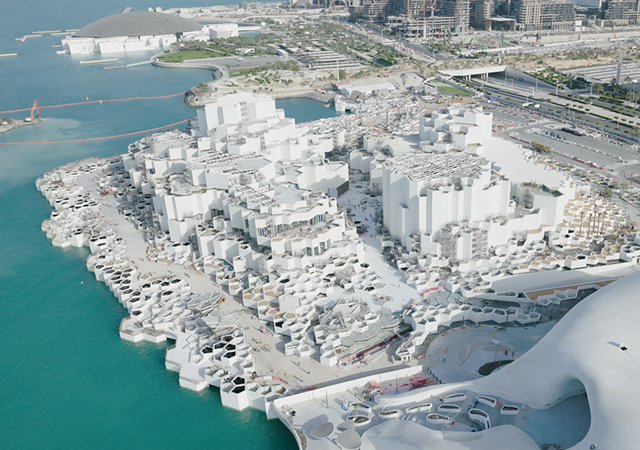
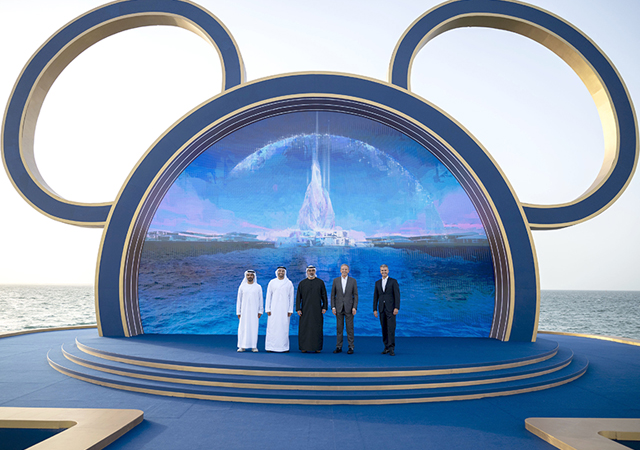
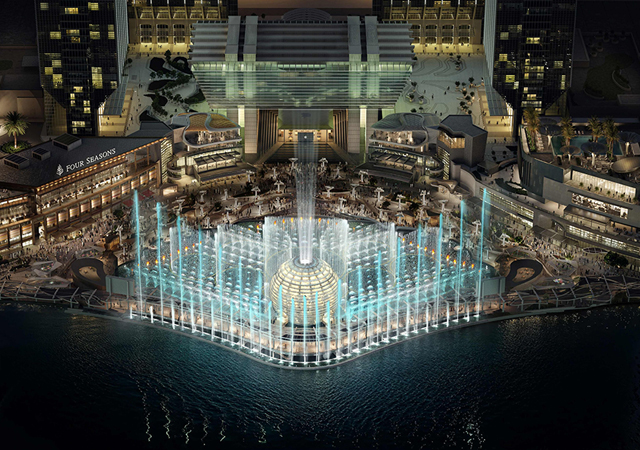
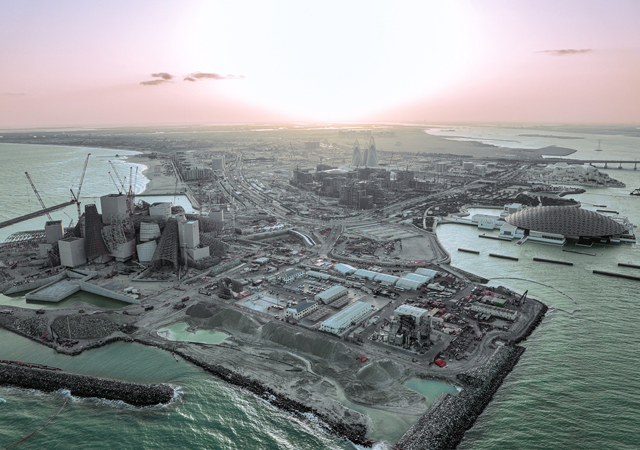
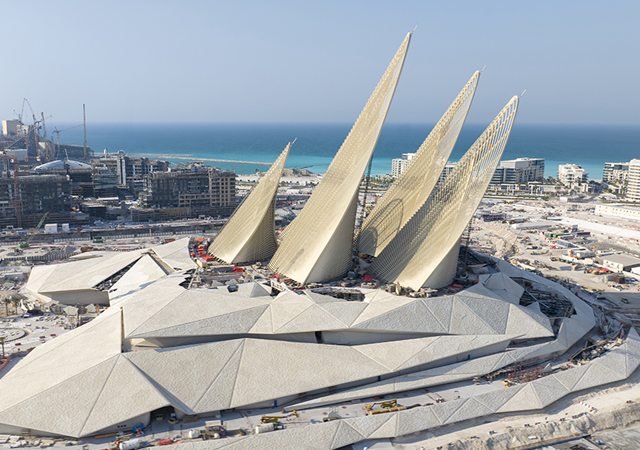
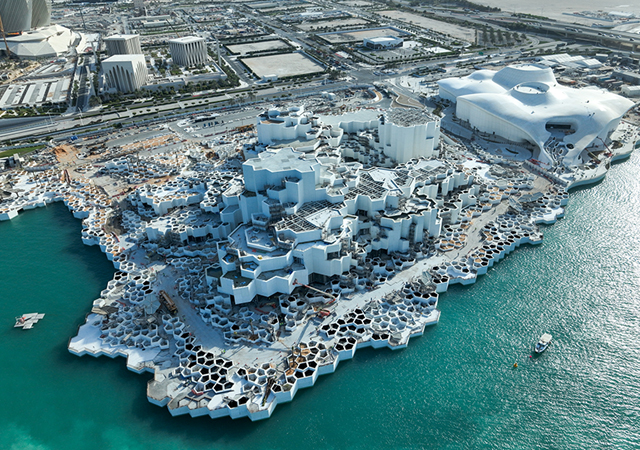
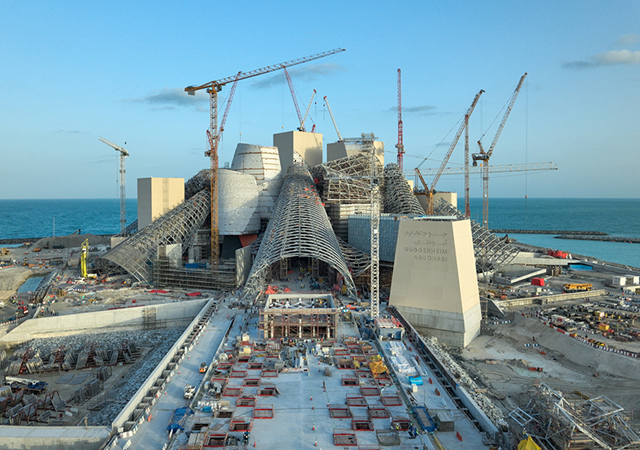
.jpg)
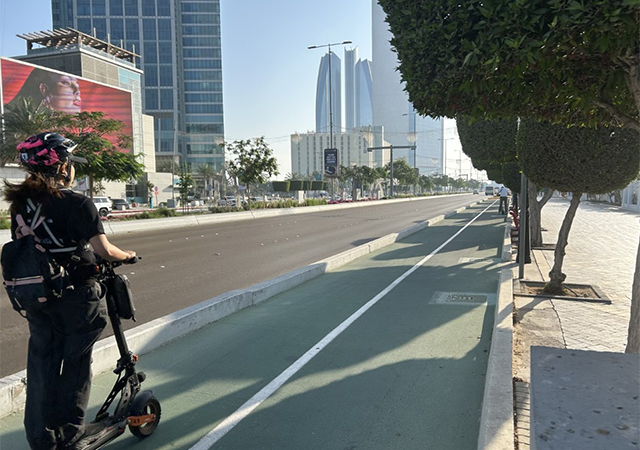
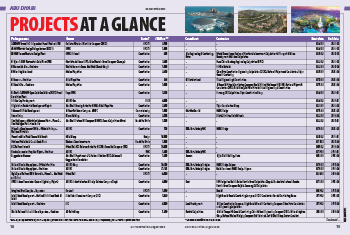


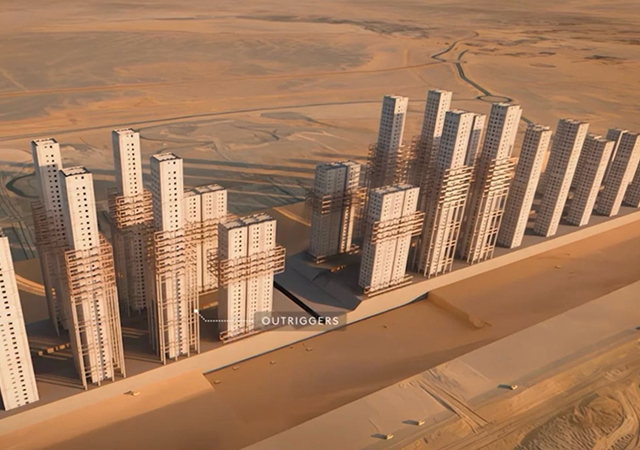
.jpg)
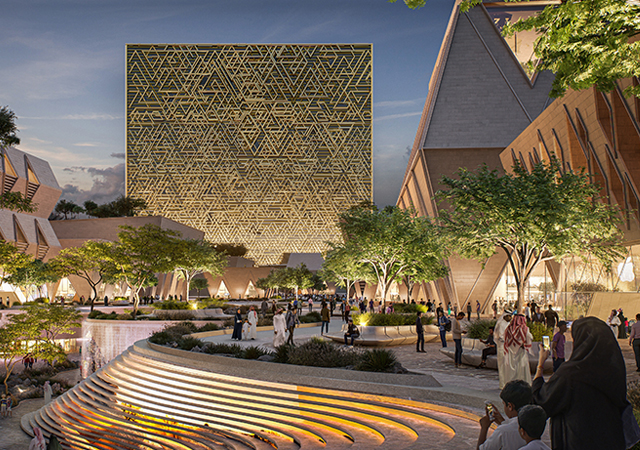
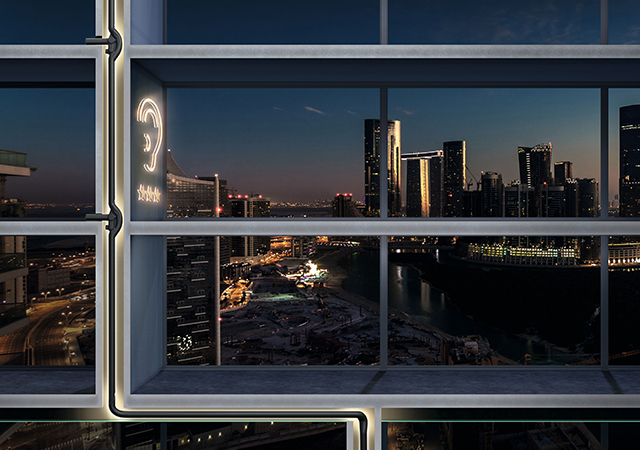
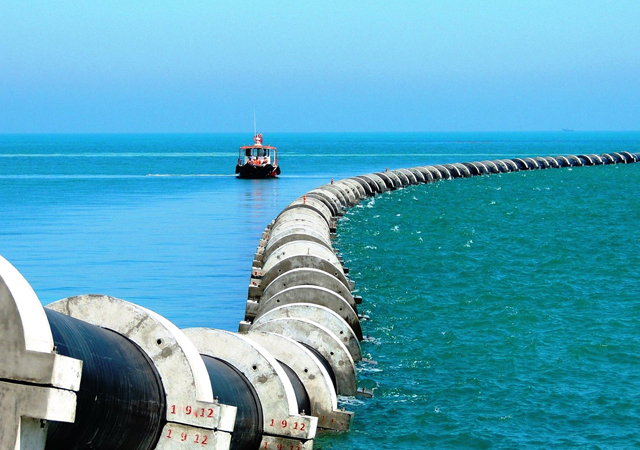


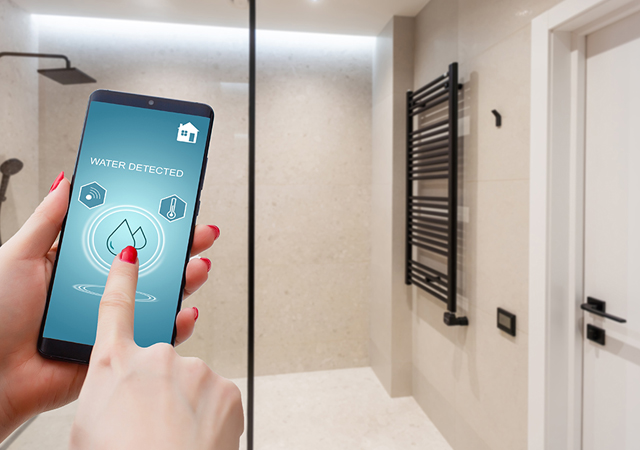
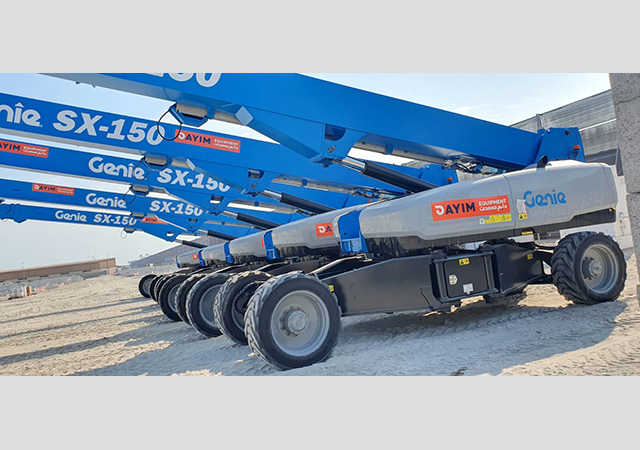
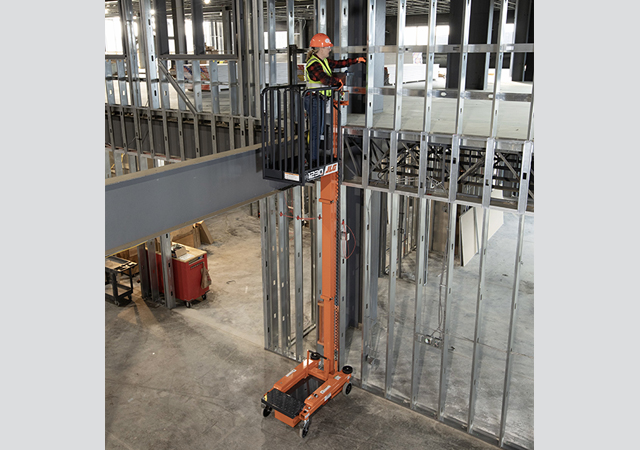
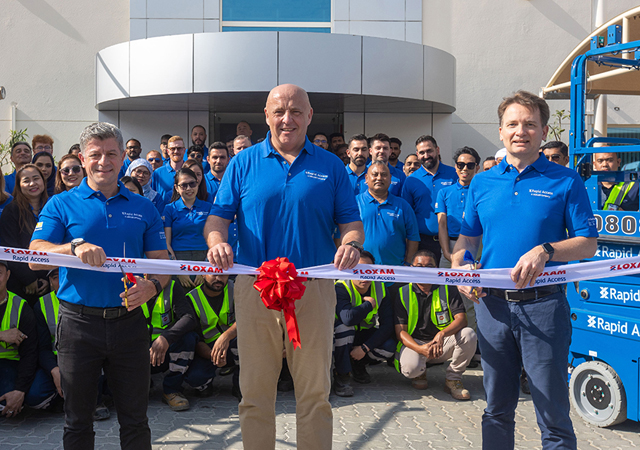
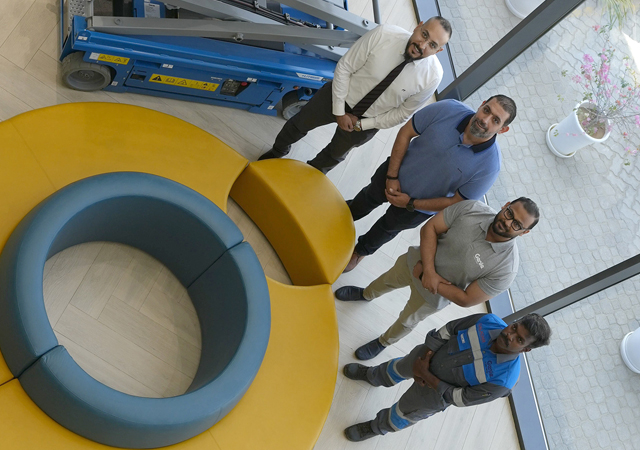
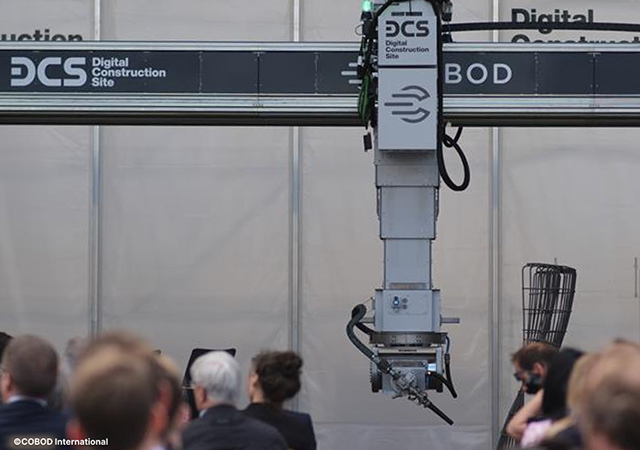
Doka (2).jpg)
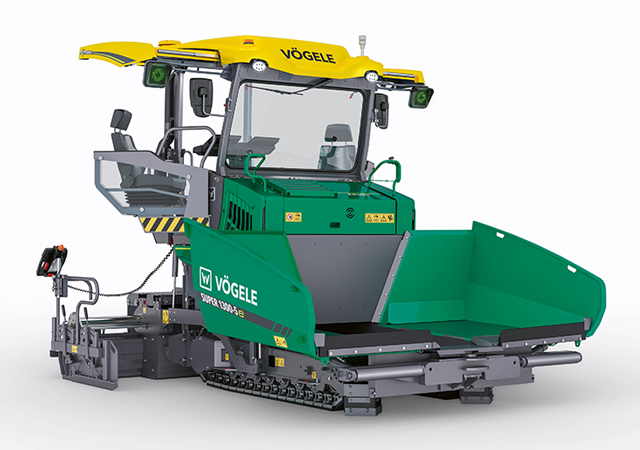
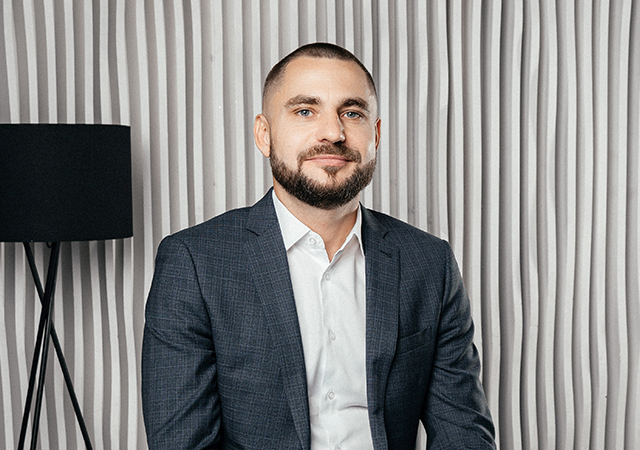
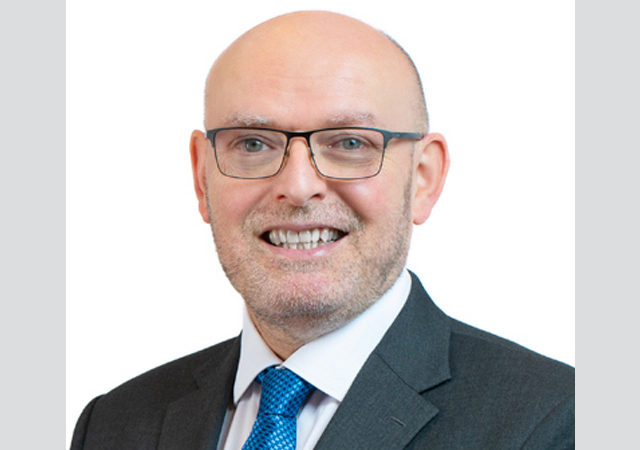
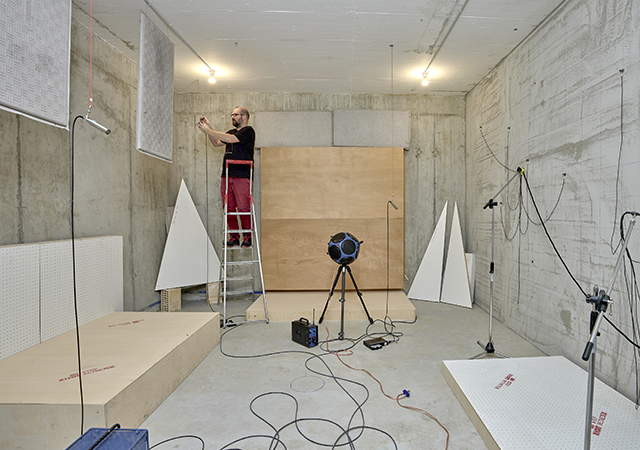
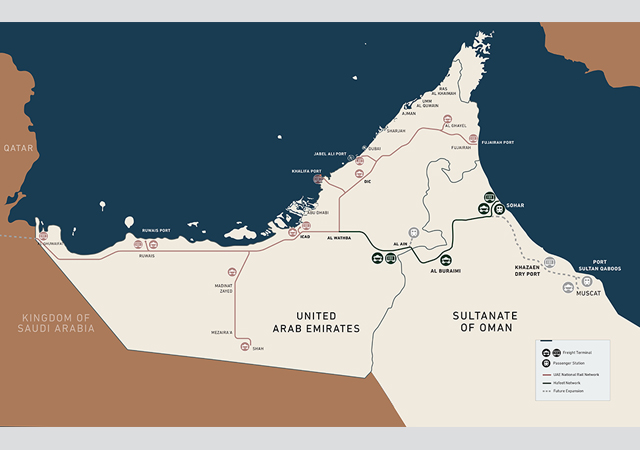

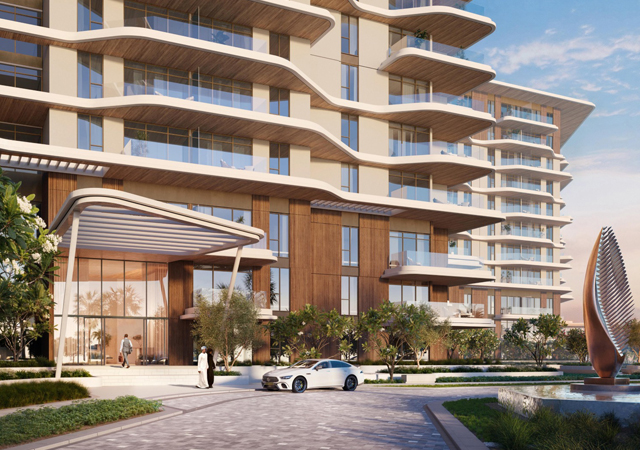

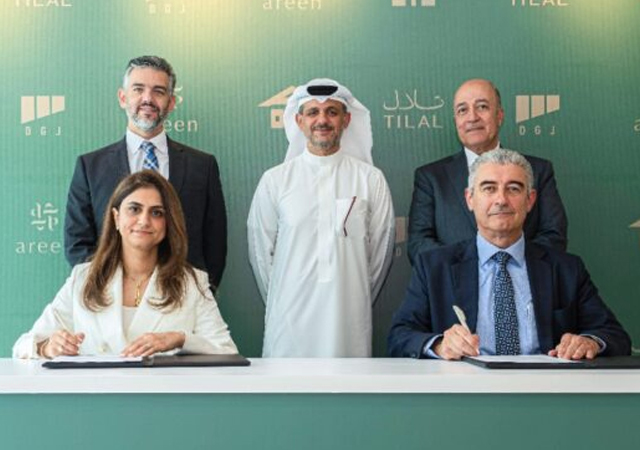
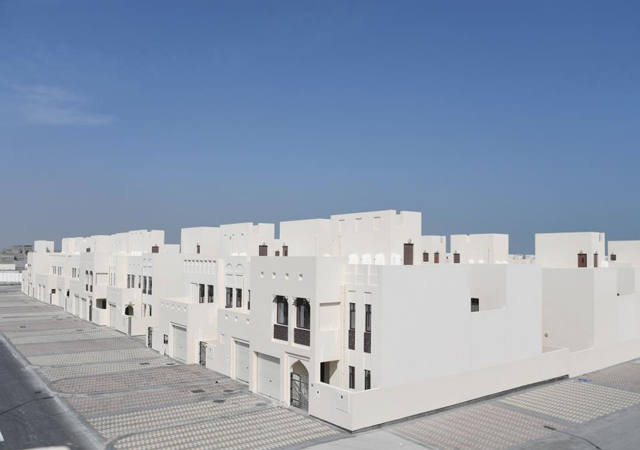
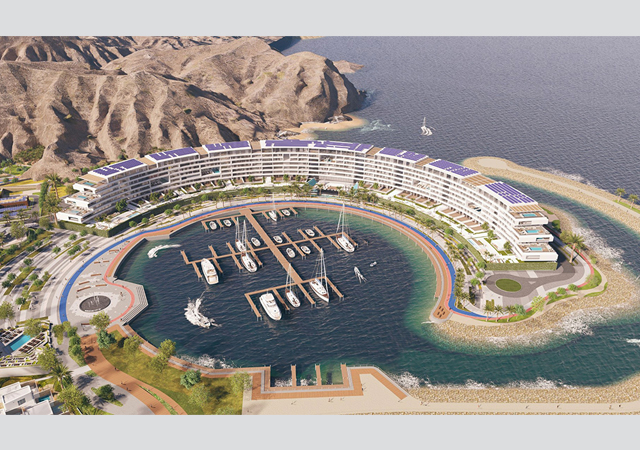

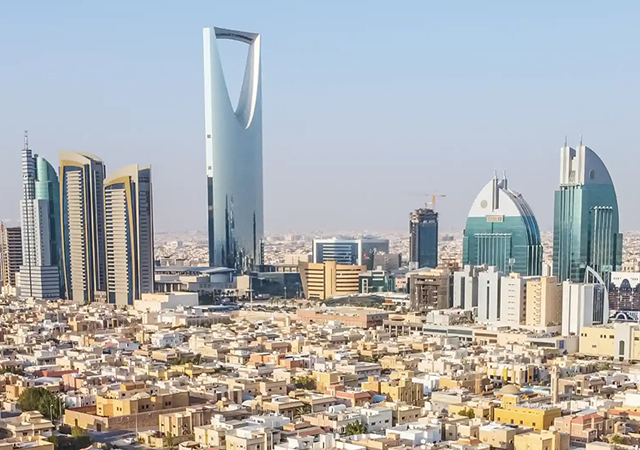
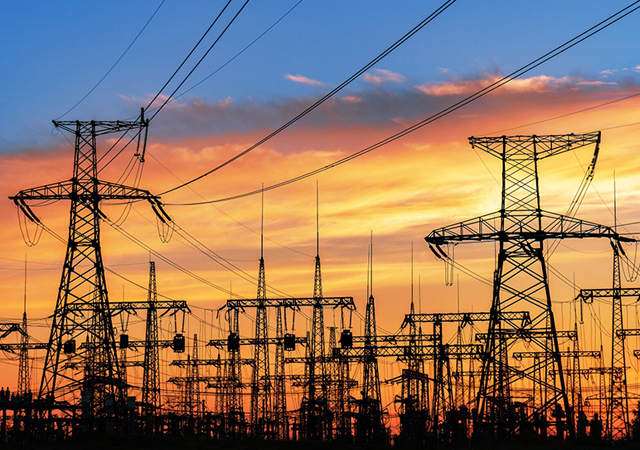
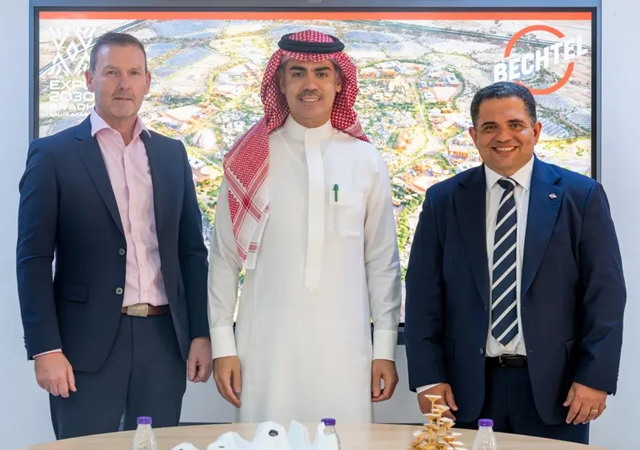

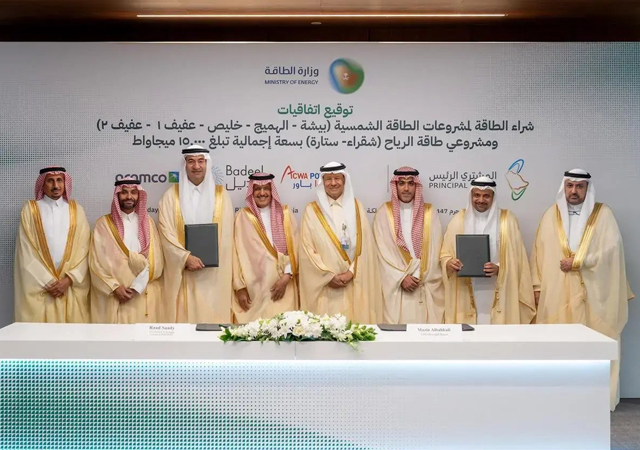


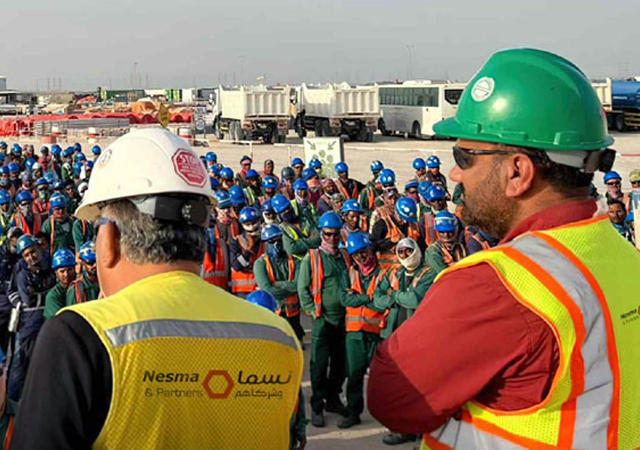

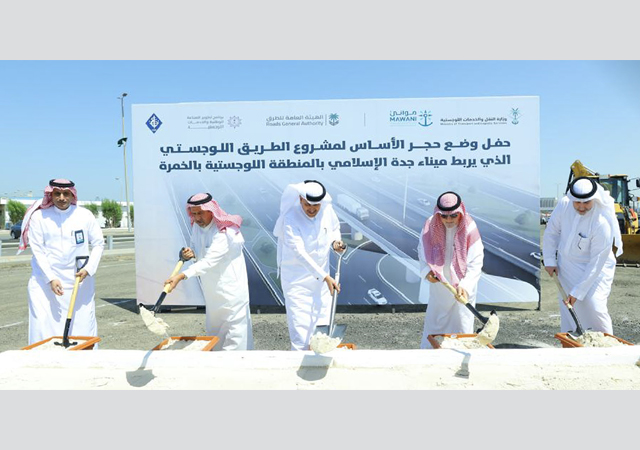
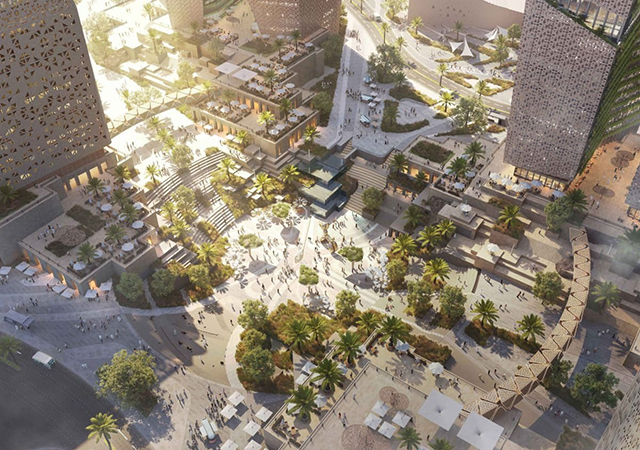

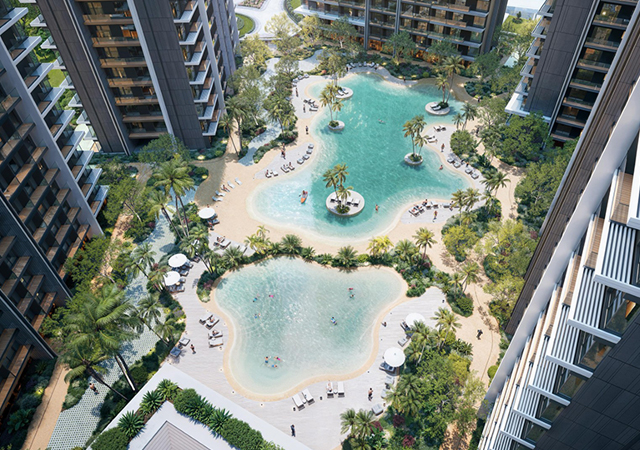
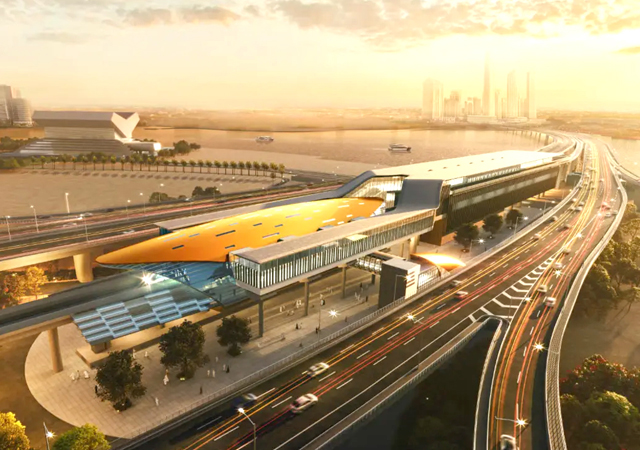
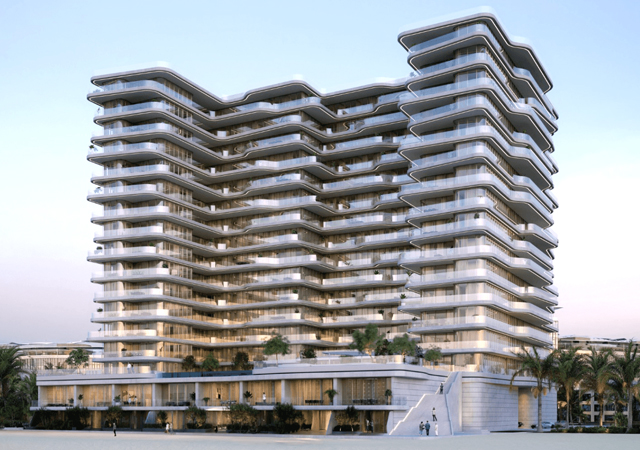
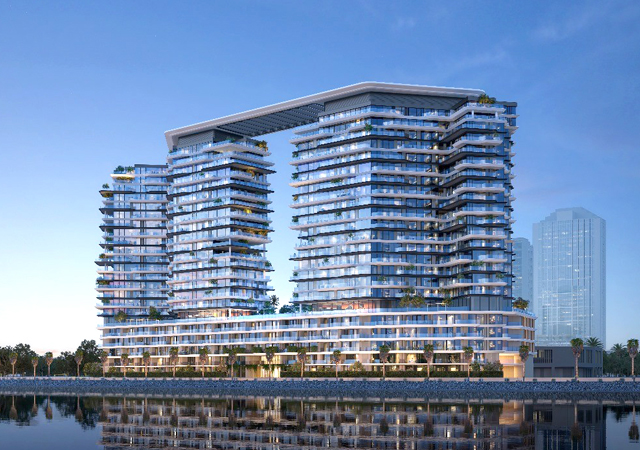
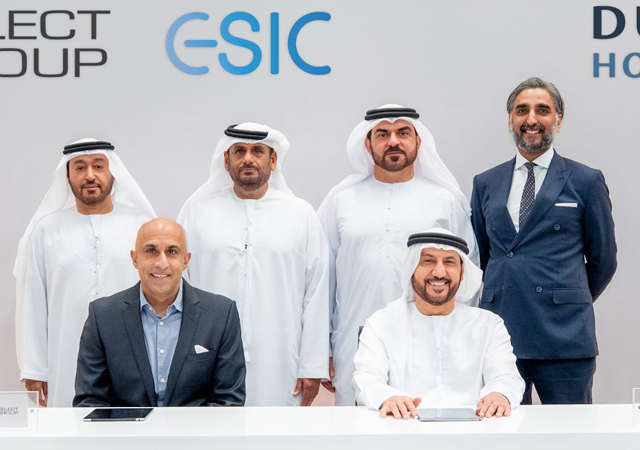
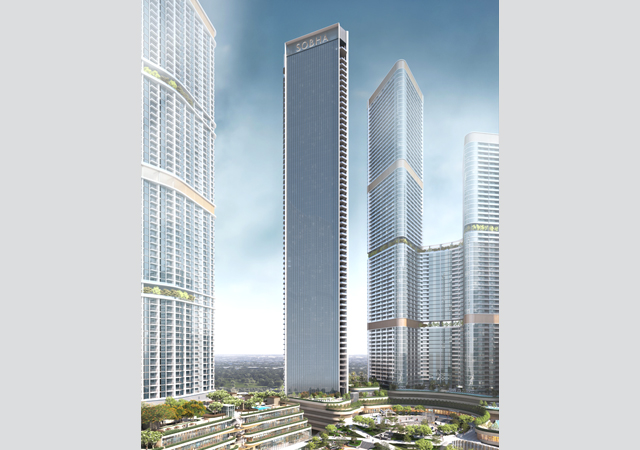
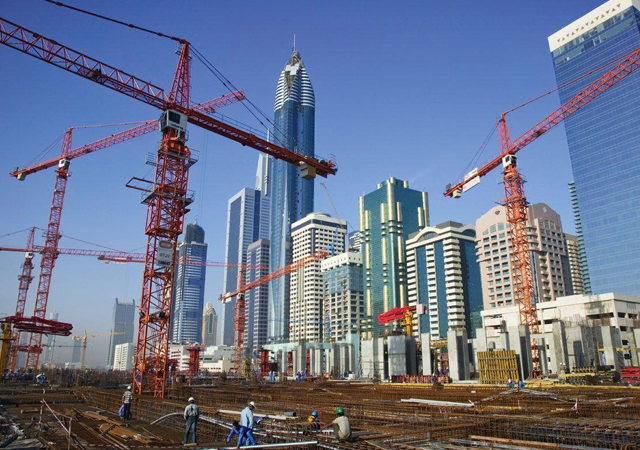

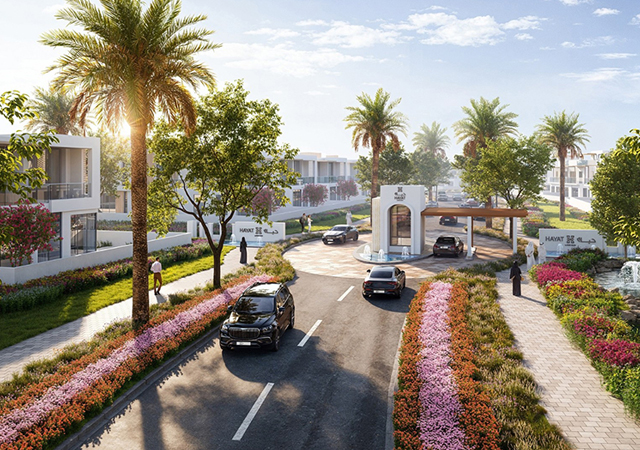

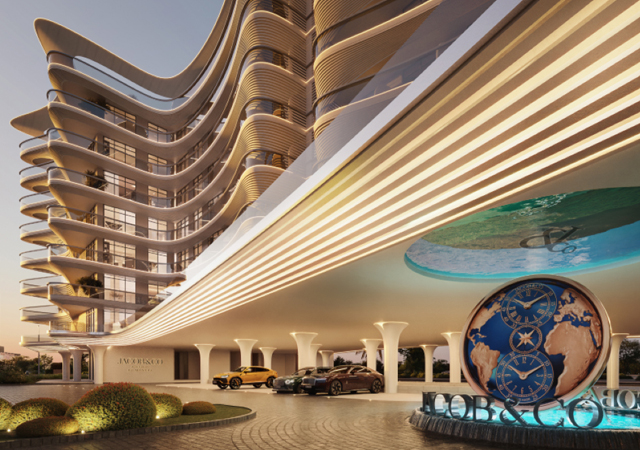
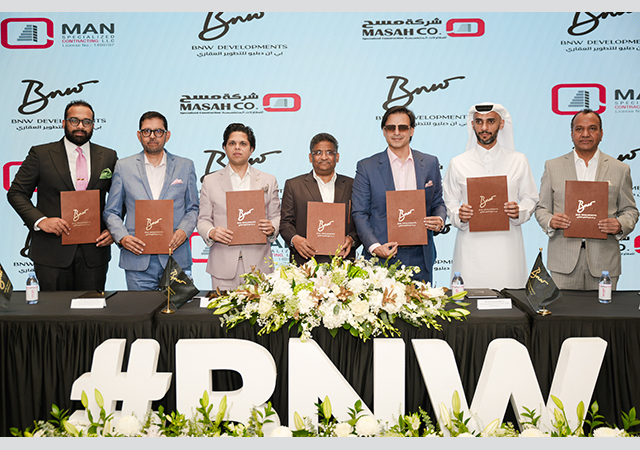
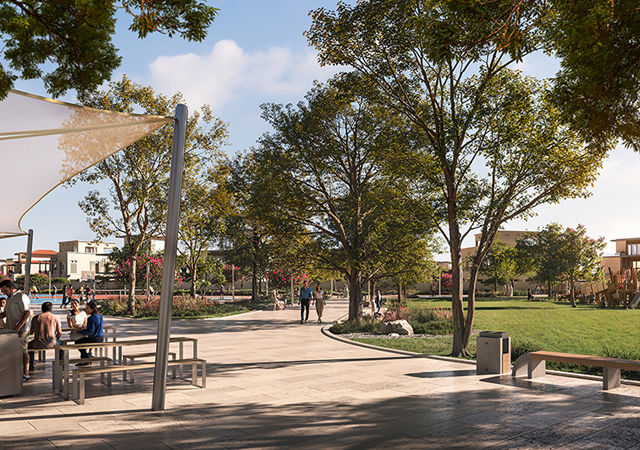
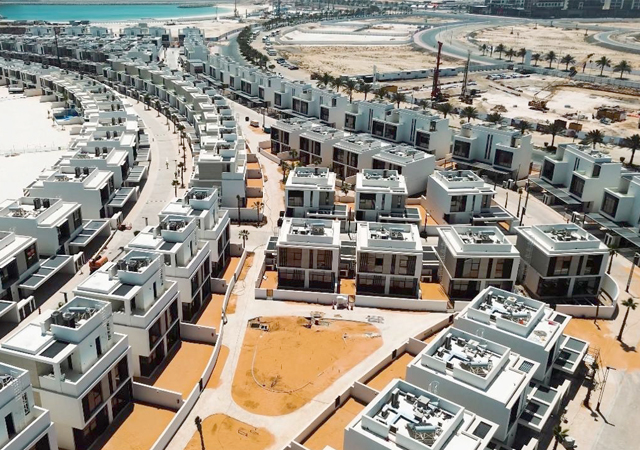
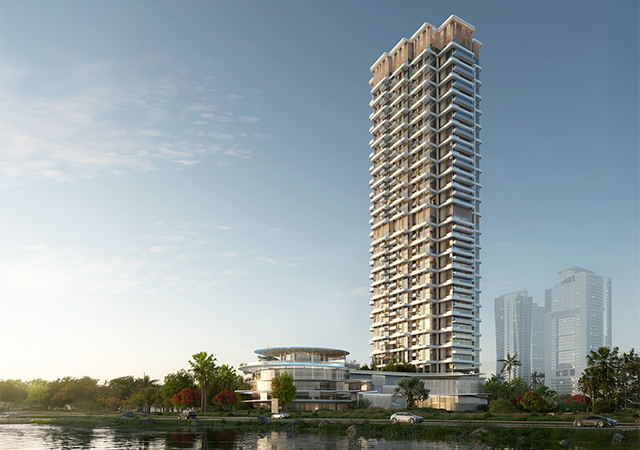

.jpg)
.jpg)
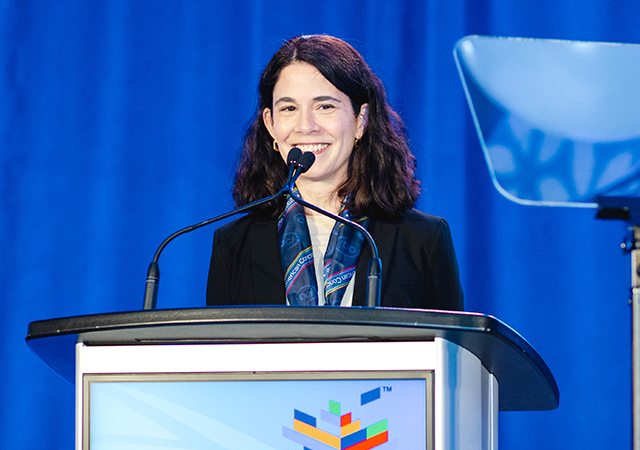
.jpg)
